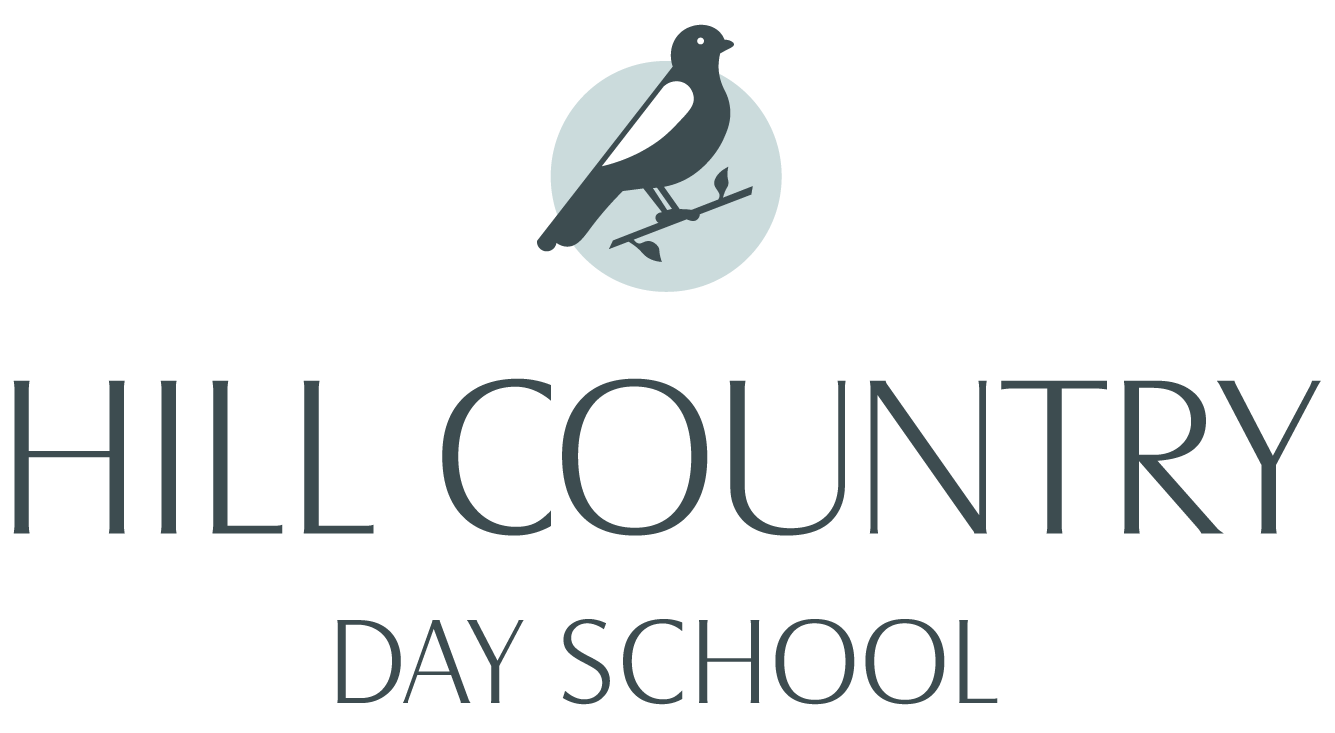Teaching Toddlers Emotional Regulation at Hill Country Day School
Toddlers are tiny whirlwinds of energy and emotion—joy one minute, frustration the next. At Hill Country Day School, we know that helping children navigate those big feelings is a game-changer for their growth. Emotional regulation isn’t about stopping tantrums altogether (that’s a tall order!); it’s about giving toddlers tools to understand and manage their emotions. Drawing on the personal expertise of our founder, Haleigh Almquist, and a focus on language as a key strategy, here’s how we guide little ones toward emotional awareness—and why it matters.
Haleigh’s Story: A Personal Blueprint
Haleigh Almquist didn’t just stumble into this approach—she lived it. As a mom to a son with autism, she spent years navigating his struggles with tantrums and overwhelming emotions. Early in her career as a travel nanny, she also cared for a rambunctious two-year-old, jetting off to places like Ethiopia and Paris, where she honed practical calming techniques on the fly. But it was her son’s journey that crystallized her passion for emotional regulation. Through trial and error and lots of behavior therapy, she discovered that giving him ways to name and tame his feelings—like deep breaths or a quiet break—made all the difference. Now, she’s bringing that hard-earned wisdom to Hill Country Day School, training our teachers to equip every toddler with similar tools.
Why Language Matters
Toddlers feel everything intensely, but they don’t always have the words to match. That’s where we step in. Teaching them simple phrases like “I am mad!” or “I feel sad” puts a label on those swirling emotions. It’s a small step with a big payoff: when kids can name how they feel, they start to make sense of it. As they grow, this skill evolves into a lifelong ability to identify and express complex emotions—think “I’m disappointed” instead of a full-on meltdown at age five. At Hill Country Day School, we weave this into daily moments, gently prompting kids to say what’s bubbling up inside.
How We Teach It
Emotional regulation starts with connection, not correction. When a toddler’s upset—say, over a toppled block tower—our teachers don’t rush to “fix” it. Instead, we get down to their level and model the language: “You look mad. Are you mad because it fell?” Hearing “I am mad!” come out of their little mouths is a win—it’s the first step to owning the feeling. Then, we pair it with a calming tactic. Maybe it’s “blowing out the candles” with their fingers, a trick Haleigh borrowed from her own playbook to get oxygen flowing to the brain and ease the storm. Or maybe it’s squeezing their hands together to release frustration. These fun, doable actions help their bodies settle so their minds can catch up.
The Long Game
This isn’t just about surviving the toddler years—it’s about building a foundation. When toddlers learn to label emotions and calm themselves, they’re less likely to feel overwhelmed as they grow. They start to see feelings as manageable, not scary. At Hill Country Day School, we reinforce this daily, whether it’s through a nature walk or a quiet story time, creating a safe space to practice. Haleigh’s experience with her son taught her that consistency and patience turn small lessons into big life skills.
Emotional regulation is a gift we give our toddlers—one word, one breath at a time. At Hill Country Day School, we’re here to help them find their voice and their calm, just like Haleigh did for her son. If you would like to set up a time to chat with us about Hill Country Day School, please reach out to us: https://hillcountrydayschool.com/contact/
